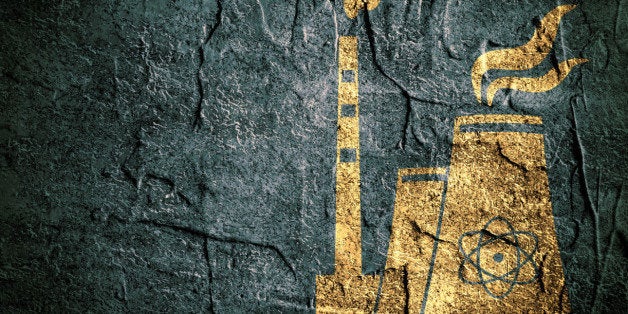
By Julie Ann Aelbrecht, student in financial journalism, City University-London and Aarhus University
Port of Antwerp proudly announced last May that the Saudi company Energy Recovery Systems (ERS) will invest 3.7 billion euros (roughly U.S. $4 billion) in a green project at one of its docks. The Saudi company's waste-to-chemical plant will turn unrecyclable plastic into "green" urea and ammonia through gasification, which could be fed into a cluster of chemical companies already present at Antwerp's port. The Dutch company Howa International as its sole vendor for the waste.
The Port of Antwerp lauded the project as 40 percent more energy-efficient than a classical waste incinerator, but doubts about how green the project actually is have quickly developed. Underwhelming results from previous attempts at similar projects, doubts about the project's feasibility report and the uncertain final destination of the plant's products all make the grounds for port management's and city officials' initial euphoria seem less and less certain.
The Plant
When completed, the plant is expected to process roughly 3.5 million tons of unrecyclable plastic waste into around 1.2 million tons of green urea and 645,000 tons of green ammonia every year. Located on a now empty plot on the port's Delwaide dock, the plant would become part of Antwerp's cluster of petrochemical companies and form a closed system that, its constructors claim, will remove a major potential pollutant from the Dutch environment.
One day after the project was announced, it was reported that a feasibility study had been completed. The study was done by the Flemish Institute for Technological Research (VITO), an organization focusing on clean technology and sustainable development that is listed on ERS's website as a "partner."
The study is not available to the public, but according to VITO, the plant would combine a gassing installation with a chemical synthesis plant for ammonia and urea, which will be linked in a closed system without either a chimney or exhaust--meaning without any emissions. A VITO analyst, Ivo Vanderreydt, said the environmental impact study showed that "the ERS concept for waste management scores better than classical waste burning and electricity production." But there are two problems with this conclusion. First, the chemical composition of plastic contains more carbon than that of urea and ammonia combined, so even if there is no chimney, a significant amount of carbon will be left over from the process. The second problem is the destination of the urea and ammonia themselves.
The Questions
Urea is used as an artificial fertilizer, and, according to the chemicals industry trade site, chemicals-technology.com, the urea produced by the plant would be transported out of the port by 35 ships every year. The green ammonia, meanwhile, would be fed into the port's chemical cluster with pipelines, eliminating the need to transport the chemicals. But the ultimate impact of the plant's products remains unclear. When asked, the Port of Antwerp did not comment on the chemicals' final destination.
A recent study by Bond Beter Leefmilieu (BBL), an umbrella group of Belgium's environmental organizations, sheds more light on the plant and raises more questions about how it will function in reality. According to study in the project's second phase, the plant would be processing three times more waste than initially announced.
ERS has called the Antwerp plant "the first of its kind," and while innovative technology is crucial in the recycling sector, the plant's unprecedented size brings great uncertainty. According to BBL, worldwide, there is no incinerator or gasification plant that processes 3.5 million tons of waste per year, which makes it extremely difficult to assess its impact and feasibility.
Similar waste gasification plants have been built in the past, the most notable of these constructed by Swiss company Thermoselect. According to a 2013 study by the American Chemistry Council, however, these facilities have been far less cost-efficient than promised. "Several have been closed due to economic pressures [specifically] the price of energy and high costs of operation] and pressures from the environmental community in Europe," the report noted. Two of those facilities, built in Germany and Italy in the 1990s, are now closed.
Asked to comment on the Bond Beter Leefmilieu study, the Port of Antwerp declined to comment on the size of the plant and said the negotiations with ERS will continue. In a statement, the port said, "The public debate will be held once the full picture is available. The matter concerns an enormous investment with a lot of stakeholders. Submitting a clear project is more important than timing."
The plant's construction will begin in a couple of years, but whether the project will be as "green" as initially announced remains to be seen.
This story was originally published on projourno.org.